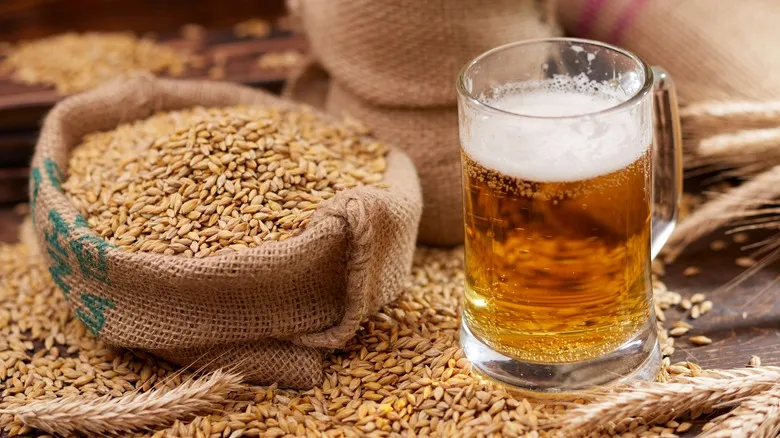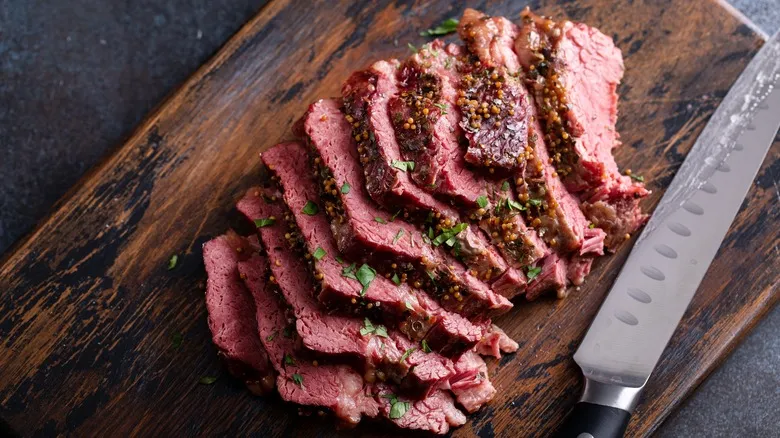How barley becomes malted for beer brewing

Once barley is harvested, the grains are dried for storage. The malting process begins by soaking these grains in water for a few days to prepare them for germination. The seeds, or grains, must be maintained at approximately 60°F and aerated to encourage sprouting, similar to growing a chia pet. As they begin to sprout, the starches in the barley are converted into sugars, which will later nourish the yeast.
Before the grains sprout excessively, they are heated to stop the growth process. At temperatures exceeding 120°F, the barley malt is kilned, with the specific temperature influencing the final color of the malted barley—this ultimately determines whether the resulting beer will be light or dark. Barley kilned at lower temperatures yields pale ales, while higher temperatures produce darker beers such as stouts and porters. Additionally, the malted barley can be roasted further after kilning to enhance its flavor richness.
Are all beers made from barley?

Historically, all beers were primarily crafted from barley, which was the standard grain used. Following the prohibition era, the Bureau of Alcohol, Tobacco, and Firearms (ATF) implemented regulations to oversee the ingredients permitted in beer production. This move came in response to a surge in unregulated alcohol manufacturing during the prohibition years. According to ATF guidelines, at least 25% of the grain in beer had to be barley, even if other grains were included—Budweiser, for example, is produced using a mix of barley and rice.
However, this definition of beer has evolved over time, largely due to increased awareness of gluten intolerances. In 2006, the head brewer at Lakefront Brewery in Michigan aimed to create a beer that his gluten-intolerant father could enjoy. After successfully brewing gluten-free beer, he was able to influence a change in the United States' definition of beer to permit the use of alternative grains. As a result, you can now find American beers that are entirely free of barley, utilizing a diverse range of grains such as sorghum, rice, millet, and corn instead.
Recommended

Beer Should Be A Main Ingredient When Making Corned Beef

What Exactly Are Tannins And How Do They Impact Your Wine?

Why You Should Add A Few Sprinkles Of Salt To Bitter Beers

Mead Vs Wine: Are They The Same Thing?
Next up

